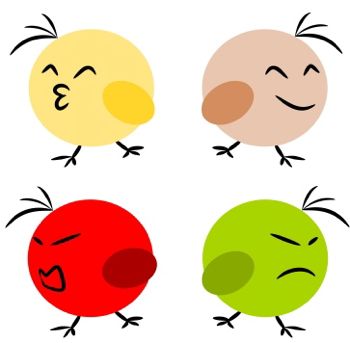7 Resolutions You’ll Want To Stick To

We’re not really into cliché New Year’s resolutions. Been there, done that, fallen off the wagon countless times. We do, however, dig resolutions that help kids to learn and grow at home. They’re absolutely worthwhile. For example, let’s say you commit to helping Sally speak. With a bit daily work – you have to be consistent for good results — she could be saying “I love you” or “I want some crackers” instead of screaming for 15 minutes. Her words will be music to your ears and you’ll want to continue with your New Year’s vow. Awesome! So, sign up for a resolution that’ll help your kiddo bloom in 2017. Here are several suggestions.Read More »7 Resolutions You’ll Want To Stick To








